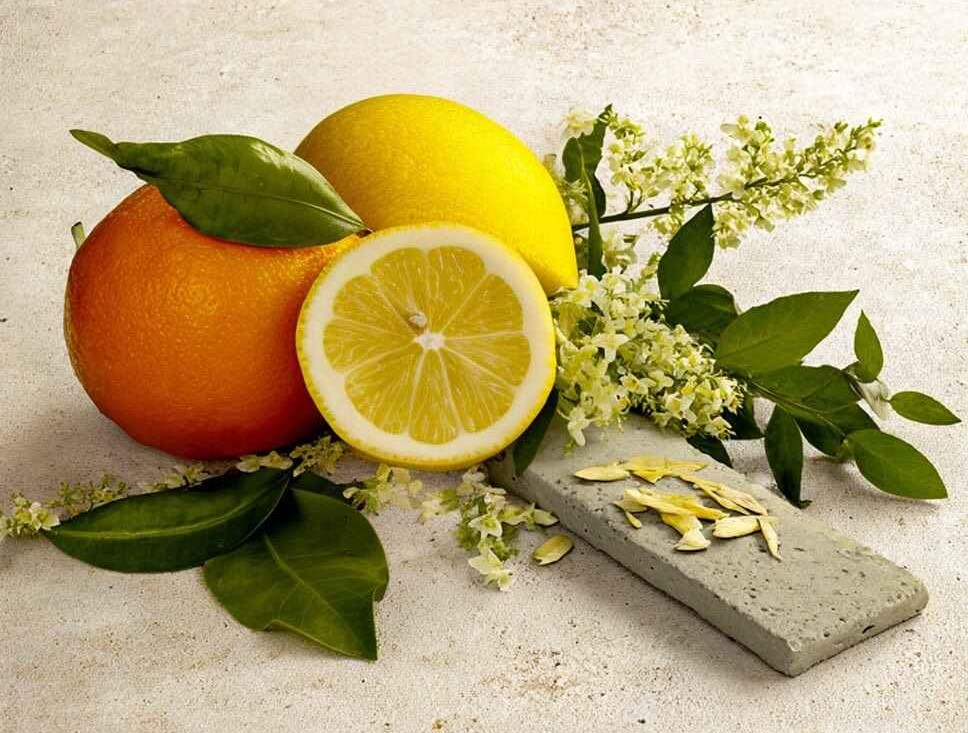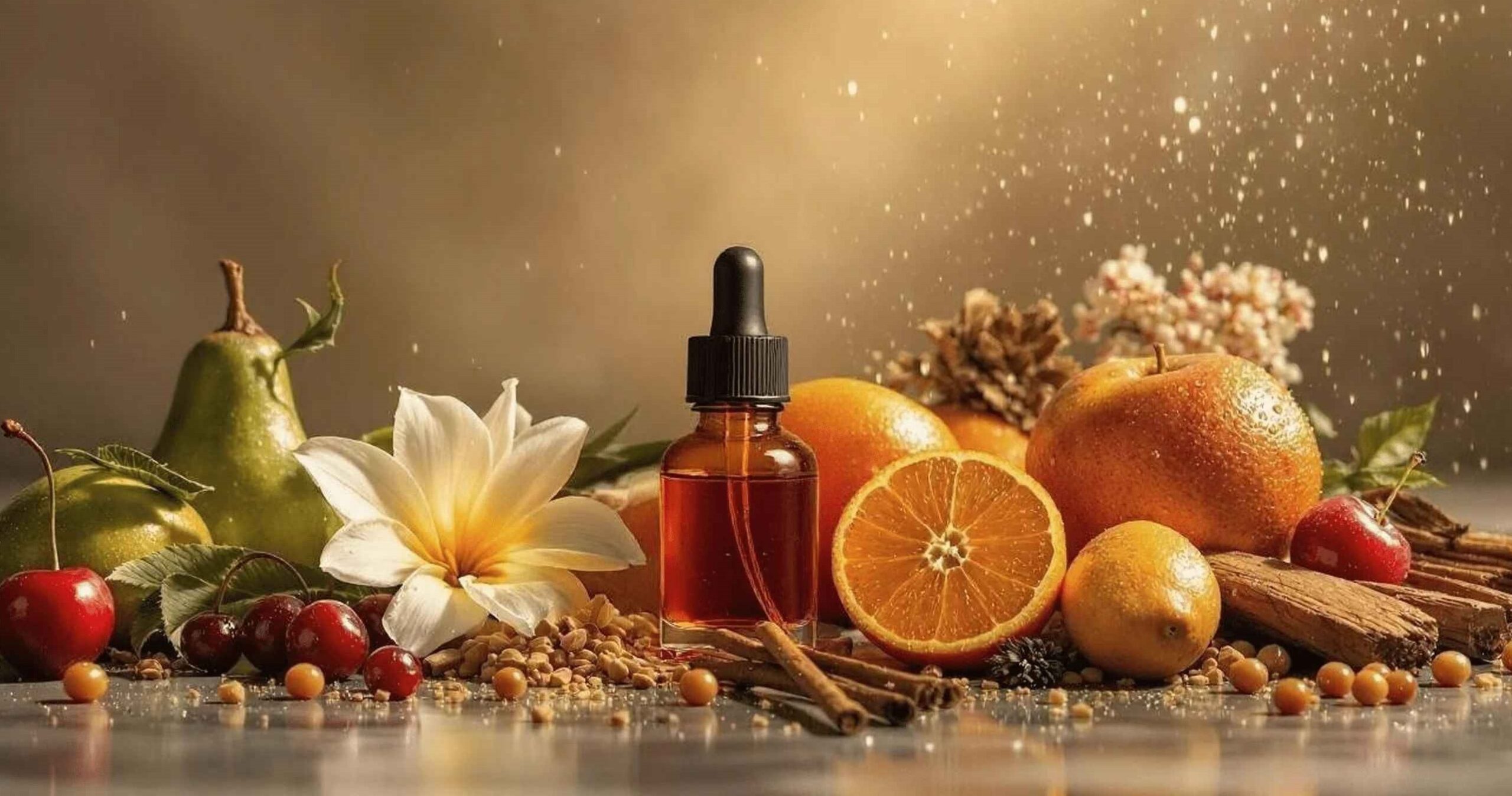



You nailed the look—colors, type, dielines. Still feels flat? Add scent. Smell hits memory fast, sets expectations, and nudges trial. In food, that matters a lot. Below is a practical, brand-safe guide to fragrance oils in food packaging with real use-cases, tech choices, KPIs, and compliance. I’ll keep it plain, keep it punchy, and show where I’Scent slots in when you need custom notes, quick.
Smell plugs right into emotion. Pair visual cues + scent and you get higher recall and more “hand to shelf.” The right aroma makes the flavor story believable before first bite. No big speeches. One rub, one sniff, and your product goes from “interesting” to “okay, I need this.”
Golden rule: if the pack says “lemon,” the nose should say lemon. Not lemon-cleaner. Not candy when it’s actually tart soda. Keep the promise honest and you win.
What it is: a clear varnish with microcapsules holding fragrance oil. Rub the printed patch, capsules break, scent releases. Works on cartons, sleeves, labels. It’s not magic—it’s print craft.
Why it works: you turn a static box into a mini demo. “Citrus lager?”—scratch; “vanilla cupcake?”—scratch. Shelf dwell goes up because people love to interact. And yes, it’s scalable for big runs if you spec it right.
Where to use: beer 6/12-packs, confectionery sleeves, tea tins with paper wraps, holiday gift boxes, bakery cartons.

Match-to-flavor is everything. A few fast mappings:
Start with low loading (less is more), run quick sniff panels, then scale. When in doubt, pick clean top notes that read fast at retail distance.
Microencapsulation wraps tiny fragrance droplets in a shell so the note stays fresh through print, pack, ship. You can tune for friction, pressure, or time release. Think of it as tiny scent safes that open when you want, not when the pallet gets warm.
What to ask your converter (printer/coater):
It’s not rocket-science, but it is craft. And yes, takes a plan.
You want scent on packaging, not in the food. Design for that from minute one.
Design pattern for safety: put scented features on non-food-contact surfaces; add a barrier layer if you’re worried; consider removable scent pieces (sachet, tag, label) in DTC.

| Technique (keyword) | Best use-case | What marketing gets | Ops / risk note | Compliance habit |
|---|---|---|---|---|
| Scratch-and-sniff varnish | Retail cartons, seasonal sleeves | In-aisle stop power; sensory proof of concept | Needs deliberate rub; check rub-count | Non-contact side; place away from vents/seams |
| Removable scent sachet / strip | DTC mailers, PR kits, subscription boxes | Punchy unboxing; easily replaceable | Extra component to source & pack | Mark “Not for consumption”; isolate from food |
| Aroma label / sticker (microcapsules) | Limited runs, promos, regionals | Agile, low tooling, speed | Shorter life on rough stock | Store cool, test shelf rub cycles |
| Aromatic inner-cap tag / liner (non-contact) | Beverages, tea tins, supplements jars | “Open-smell” cue at first twist | Must avoid flavor taint | Confirm barrier & FCS status |
| Metric | How to track | Direction you want | Why it moves |
|---|---|---|---|
| Shelf dwell time | In-store video or lab | Up vs. control SKU | Interaction extends dwell (people scratch patches) |
| Pick-up / handle rate | Mystery shop, sensor shelf | Up per 100 passers | Curiosity + proof-of-flavor |
| Trial / conversion | A/B store clusters | Lift in scented cohort | Aroma reduces uncertainty |
| Unboxing NPS / review mentions | Post-purchase survey; text search “smell/aroma” | More 4–5★; richer comments | Scent confirms promise on first open |
| Complaint rate (taint) | QA tickets per 10k orders | Near zero | Barrier + non-contact design works |
If your team says, “We can’t measure scent,” show this table and set a two-month A/B plan. Keep it simple.
Building a scent map saves time. Start from flavor families, then pick accords that “read” fast at retail and don’t fight the real headspace inside the pack.
| Product family | Sensory cue (fragrance oil) | Placement | Notes for brand & ops |
|---|---|---|---|
| Bakery—cookies/brownies/cupcakes | Vanilla absolute style, cocoa, toasted nuts | Scratch patch on carton; sachet in mailer | Align with cream/brown palette; holiday kits love this |
| Confectionery—fruit gummies | Lemon, orange, berry | Aroma label on outer wrap | Keep patch small; avoid overpowering sweetness |
| Coffee / RTD mocha | Roast, mocha, hazelnut | Cap-liner tag or carton patch | Don’t compete with real aroma upon open |
| Tea / herbals | Mint, chamomile, bergamot | Inner-lid tag (non-contact) | Strong top notes—start low |
| Beer / craft beverages | Citrus peel, hops | Carton scratch patch | Great for trial prompts in-aisle |
Want starting points you can actually smell fast? Browse the Food & Beverage category on our site here:
With your converter (printer/coater):
With your fragrance partner:
Every touchpoint should smell like you. One signature accord that shows up in retail cartons (scratch patch), DTC mailers (sachet), trade kits (aroma labels), and even collateral like shelf talkers. Repetition builds memory. Keep the accord tight; don’t remix it every season unless that is your strategy.
Pro tip: lock color cues to scent families—citrus with bright yellows, bakery with warm neutrals—so eyes and nose agree. Sounds basic, but alignment across senses is what makes the story stick.

You don’t need guesswork—you need a partner who can hit your brief and move. I’Scent is an OEM/ODM Fragrance Oil & Perfume Raw Materials manufacturer serving global brands since 2005. We supply 40,000+ fragrance formulas and run a team of 20+ senior perfumers who build or replicate accords with up to 98% match accuracy. We’re set up for IFRA/ISO/GMP/Halal and run ERP so batches are traceable and consistent.
Check the core pages if you’re scoping now:
(No outside links. No cost breakdowns.)
Keep the loop short. Don’t wait for perfect; aim for measured.
Tiny note: I may make a little grammar mistake here or there—human happens. But the strategy stands solid.
Will scent mess with taste?
Not if you keep it on non-contact surfaces, use barriers, and test migration. That’s standard.
How strong should we go?
Err low. You want a clean cue, not a room fog. Start with the smallest patch that still reads.
What if we need the exact smell of our flagship dessert?
Tell us. I’Scent does high-accuracy fragrance replication and custom builds. We’ll match and iterate fast.
Can we roll this to DTC unboxing without reprinting everything?
Yes—start with sachets or aroma labels. Add varnish patches when you reprint cartons.
Scent isn’t a gimmick. It’s a short, sharp bridge between what you show and what people expect to taste. Use it with restraint, design for safety, measure the lift, and repeat what works. When you’re ready to move, ping I’Scent—we’ll build the accord, test it on your actual stock, and keep batches steady across runs. Start here: I’Scent—OEM/ODM or go right into the Food & Beverage library: curated category.